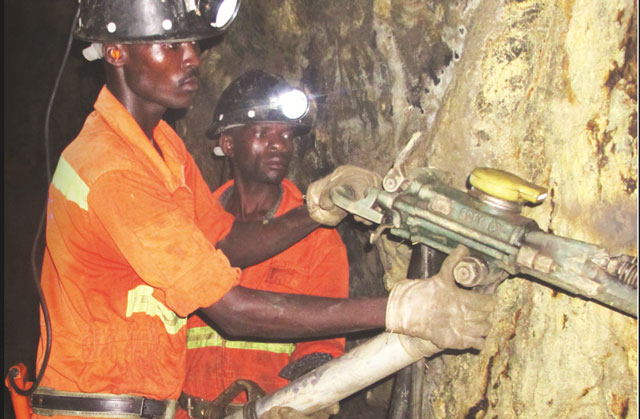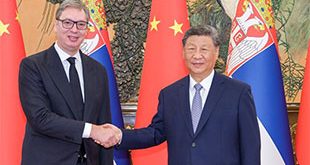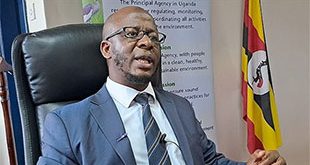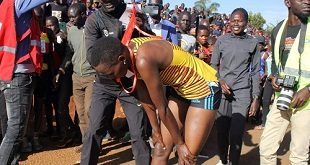
Arua, Uganda | THE INDEPENDENT | Members of the West Nile Parliamentary Caucus and West Nile Development Association (WENDA) are calling for an urgent mapping of minerals in the West Nile sub-region.
The members argue that the sub-regions unexploited minerals, such as gold, present an opportunity to industrialize the sub-region with huge market potential because of its strategic location to two countries and also improve its poverty index, given that it is among the poorest in the country.
Presenting the holistic development challenges and opportunities in the West Nile sub-region, Joel Mundua, the Project Manager and Deputy Head of Office at the United Nations Capital Development Fund (UNCDF) hinted that past geological surveys show that there could be gold and graphite in West Nile.
“Let’s put our ears on the ground and pick interest in this potential in the region,” Mundua advised.
William Anyama, the LCV Chairperson of Moyo argued that the people in West Nile seem to have limited access to information on the mineral potentials in this region, challenging the leaders to ask themselves, what minerals they know the sub-region has, without speculation.
Anyama advised leaders to immediately access the geological report on mineral potential from the government, and know what the sub-region has.
He revealed that on Wednesday, he hosted a team from Uganda Development Bank, in Moyo, who showed interest in funding the construction of a cement factory in Moyo district, implying that the raw materials are there.
Ronald Olema Afidra, the Member of Parliament for Lower Madi Okollo County, suggested that the leaders of WENDA should interface with the Minister of Energy and Mineral Development, and know the mineral potential in West Nile, the progress of the existing mineral sector in the sub-region, what opportunities exits for the locals, and how they can utilize it, and the mineral licenses they have signed with potential investors.
“There is hidden communication about what our mineral potential here is. This always comes in the hands of those who have the resources, and the information.
They want to capture it at that ministerial level and come and have an interface with our local government,” Afidra said.
Mundua advised the leaders to be proactive and get location licenses for areas with potential minerals for the community so that any investor, who shows interest in mining it, works with the community.
“Otherwise, it’s a liberalized economy; it’s a survival of the fittest. The strongest will not win. But we shouldn’t allow the strongest to always win. Our people, I think, should always have a voice,” Mundua said.
A 2012 report by the Department of Geological Surveys and Mines Department, under the Ministry of Energy and Mineral Development on the new potential targets for mineral exploration, showed potential mineral target areas in West Nile.
According to the report, geological surveys and mineral assessments under the Sustainable Management of Mineral Resources Project showed that area stream sediment showed gold potentials and other base minerals in Arua, and Zeu village Zombo district.
In the Pakwach area, the survey found potential for diatomite in Alwi, Atar and Panyango. Other mineral potentials found are Kaoline, smectile, quartz and plagioclase.
The report, however, recommends that a systematic sampling of all layers of the different deposits, and comprehensive laboratory testing should be done to determine the economic potential and usability of these minerals.
The report also recommends that the demand for the minerals should be confirmed, their reserves defined and mining feasibility determined.
****
URN
 The Independent Uganda: You get the Truth we Pay the Price
The Independent Uganda: You get the Truth we Pay the Price



